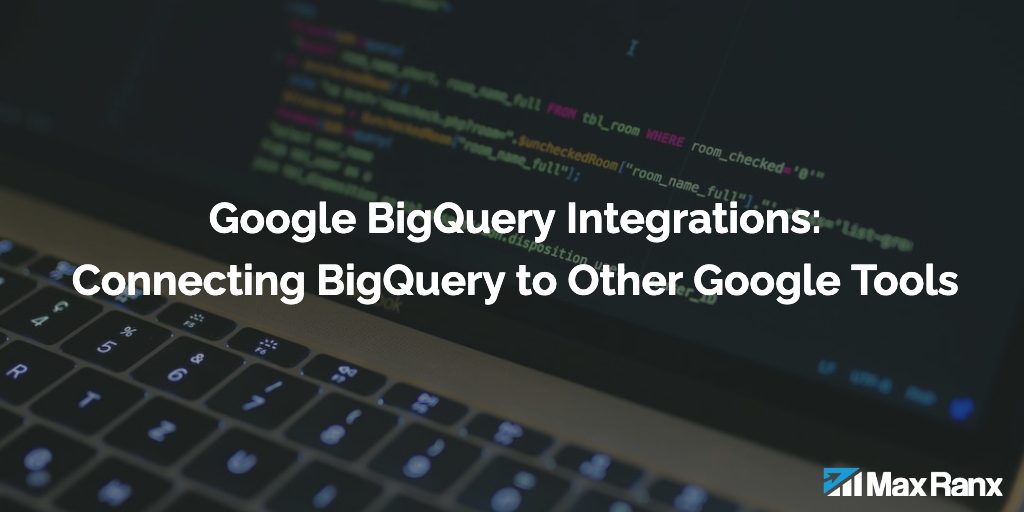One of the key features of BigQuery is its support for a wide variety of data types, which allows users to store and analyze data in different ways. Understanding and using the different data types available in BigQuery can help users to get the most out of the platform and make more informed decisions based on their data.
Numeric Data Types
BigQuery supports several numeric data types, including integers and floating-point numbers. The main numeric data types in BigQuery are:
- INT64: A signed 64-bit integer, which can hold values between -9,223,372,036,854,775,808 and 9,223,372,036,854,775,807
- FLOAT64: A double-precision 64-bit floating-point number, which can hold values with up to 15 digits of precision
- NUMERIC: A variable-precision decimal number, which can hold values with up to 38 digits of precision
It’s worth noting that when working with integers and floating-point numbers in BigQuery, you should be mindful of the range of values that each data type can hold and the precision of the numbers. For example, if you are working with large numbers or need high precision, you should use the NUMERIC data type, whereas INT64 is a good choice when working with integers that fall within the range of that data type.
String Data Types
BigQuery also supports several string data types, including fixed-length strings and variable-length strings. The main string data types in BigQuery are:
- STRING: A variable-length Unicode string, which can hold up to 2^30-1 bytes of data.
- BYTES: A variable-length non-Unicode string, which can hold up to 2^30-1 bytes of data.
- CHAR(n): A fixed-length Unicode string, which can hold up to n characters of data.
- VARCHAR(n): A variable-length Unicode string, which can hold up to n characters of data.
When working with strings in BigQuery, it’s important to keep in mind that the STRING data type is used for Unicode strings, whereas the BYTES data type is used for non-Unicode strings. Additionally, the CHAR(n) and VARCHAR(n) data types can be used to specify the maximum number of characters that a string can hold. This can be useful when working with strings that have a fixed maximum length.
Date and Time Data Types
BigQuery also supports several date and time data types, including date, time, timestamp, and timestamp with time zone. The main date and time data types in BigQuery are:
- DATE: A date value in the format YYYY-MM-DD, which can hold a date between 0001-01-01 and 9999-12-31.
- TIME: A time value in the format HH:MM:SS.FFFFFFFF, which can hold a time between 00:00:00 and 23:59:59.999999.
- TIMESTAMP: A timestamp value that includes both a date and time in the format YYYY-MM-DD HH:MM:SS.FFFFFFFF, which can hold a value between the range of timestamp with the precision of microseconds.
- TIMESTAMP WITH TIME ZONE: A timestamp with time zone value that includes both a date, time, and time zone offset in the format YYYY-MM-DD HH:MM:SS.FFFFFFFF+TZ.
When working with date and time data in BigQuery, it’s important to choose the appropriate data type for your needs. For example, if you only need to store a date, the DATE data type would be a good choice, whereas if you need to store a full timestamp, including both date and time, the TIMESTAMP data type would be more appropriate. Additionally, if you are working with data from different time zones, it is important to use TIMESTAMP WITH TIME ZONE data type, this will help you to keep the data consistent when performing time-based analysis.
Other Data Types
BigQuery also supports several other data types, including Boolean, Array, and Record.
- BOOLEAN: A logical data type that can have one of two values: true or false.
- ARRAY: An ordered list of data, where each element can be of any data type.
- RECORD: A collection of fields, where each field has a name and a data type.
These data types can be used to store complex data structures and can be useful when working with nested data or when you need to store data that does not fit into a single column.
Conclusion
In conclusion, Google BigQuery supports a wide variety of data types. Understanding and using the different data types available in BigQuery can help users to get the most out of the platform and make more informed decisions based on their data. By understanding the range of values, precision and capabilities of each data type, you can choose the appropriate one for your needs, this will help to optimize your queries performance and ensure that your data is stored and analyzed correctly.




